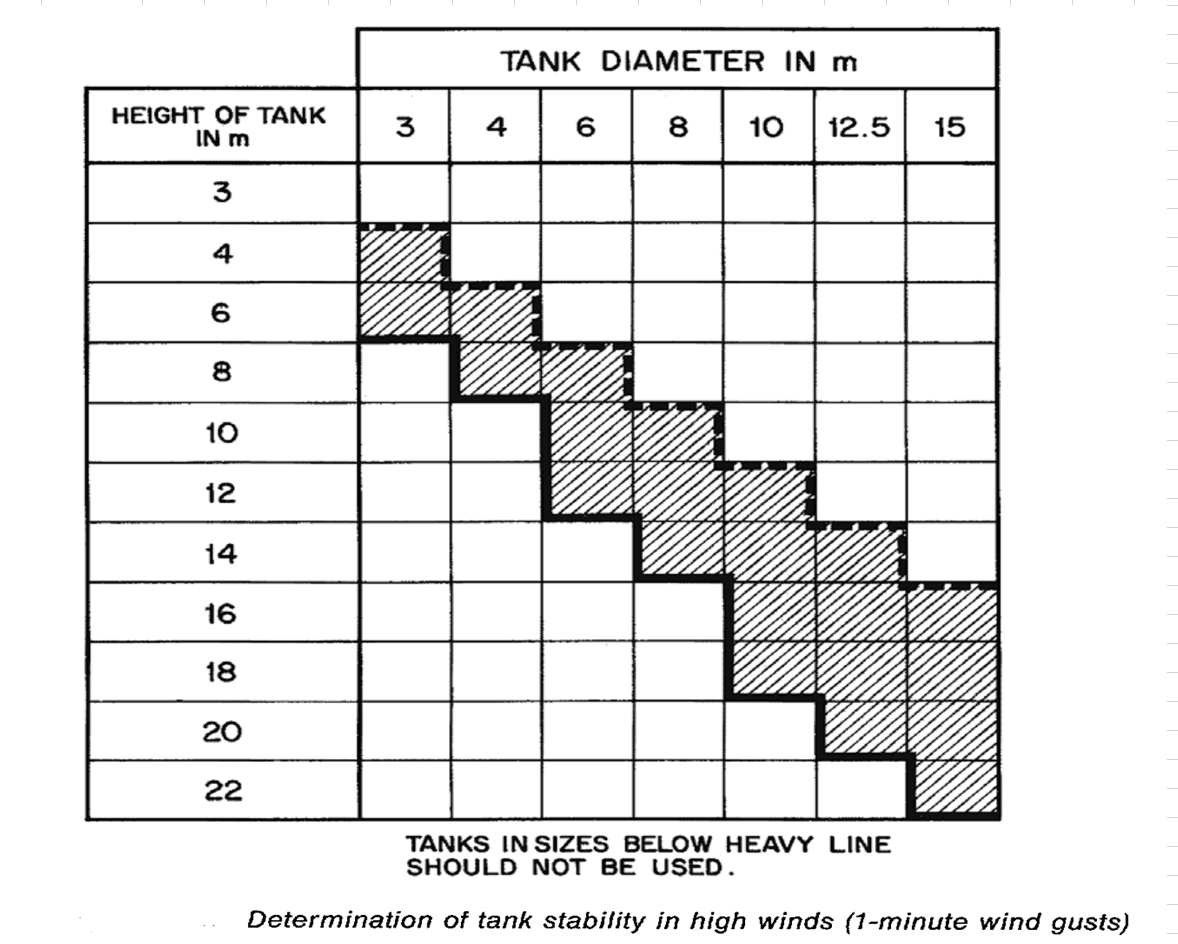|
|
Maximum Mass Flow In A Shell & Tube Heat Exchanger
#1

Posted 22 September 2024 - 05:11 AM
#2

Posted 22 September 2024 - 06:26 AM
The information you supplied is pretty scant. There are many considerations that can only be cleared by knowing more about the process and mechanical details. Condensing service or not? Fluid composiitons? Exchanger mechanical details? Here are some things that come to mind:
1) Existing exchangers are often oversized for their service. During initial design, there is often no penalty for having too large an exchanger except for costing a little more.The penalty for too small an exchanger is notice by many with the designer at the focus of much finger pointing. So a good designer will add 'safety factor' into the design to make sure the exchanger will certainly be large enough.
2) Sometimes the constraint on throughput is not the available heat transfer surface, but another feature of the exchanger design. Perhaps a nozzle is too restrictive. Perhaps the higher velocity results in excessive vibration or erosion. The right way to analyze will be to rate the exchanger using a rigorous computer software program to perform complicated calculations that no one ever routinely does by hand calc.
3) More flow results in more pressure drop and higher velocity. This can improve the heat transfer coefficient. For a condenser, there may be plenty of surface area to condense, but the condensed liquid cannot leave the exchanger fast enough so it accumulates in the exchanger where it gets in the way and reduces the available surface area for the vapor to contact. The condensate does not drip off the surface of the tubes immediately after it condenses.
4) There are few shortcuts to finding the answer you seek. Sometimes you can look at historical data and might find clues from a time in the past where there was unusually large flow. Sometimes you might be able to find the original design calculations which may have already anticipated that the flow would be increased in the future. Sometimes you can ask operations to perform an experiment to find out whether the equipment can handle higher flowrates.
5) Good luck to you.
#3

Posted 22 September 2024 - 09:09 PM
Hi,
Why don't you share your data sheet?
BTW , a small unit in // of your existing one may be an option. With so little information it's difficult to support you.
Good luck
Breizh
Similar Topics
Flare Header Reverse FlowStarted by Guest_Ahmadhamzahperta_* , 04 Apr 2025 |
|

|
||
Steam Flow And Heating Time In Batch ReactorStarted by Guest_seagal6_* , 16 Jul 2025 |
|

|
||
Steam On Shell Side Of A Vertical HexStarted by Guest_Lyne_* , 09 Jul 2025 |
|

|
||
Steam Pressure In Heat ExchangerStarted by Guest_mvanrijnbach_* , 15 Apr 2025 |
|

|
||
Rotated Triangular Tube Layout Vs Triangular Tube LayoutStarted by Guest_Heat Transfer Novice_* , 28 Sep 2024 |
|

|

 FB
FB








